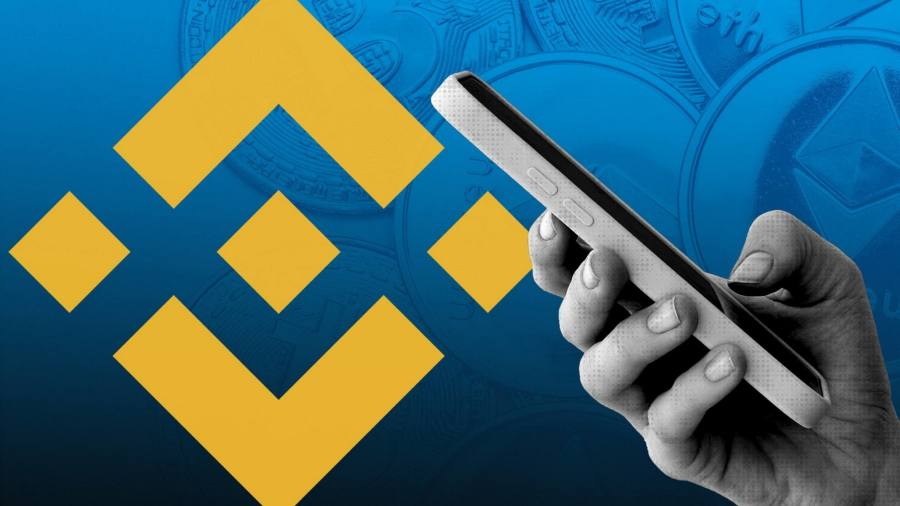Binance has taken its largest share to date of the market for trading cryptocurrencies after scooping up the majority of the business from defunct rival exchange FTX.
The controversial exchange hosted 55 per cent of the world’s spot crypto trading in January, an increase of seven percentage points since the collapse of FTX in November, according to data from research provider CryptoCompare.
Its advances were made even though Binance, led by Changpeng Zhao, rejected the chance to buy its struggling rival in the days before FTX filed for bankruptcy. Several of FTX’s senior executives including co-founder Sam Bankman-Fried face multiple criminal charges, including wire fraud and conspiracy to commit commodities and securities fraud.
The offshore exchange, which claims it has no formal headquarters, has frequently faced scrutiny from global regulators over its activities. This month US authorities named Binance as a counterparty to Bitzlato, a crypto exchange that Washington alleges has been a conduit for laundering money. The exchange said at the time it was committed to working with law enforcement.
Binance said this week it would temporarily halt bank transfers in US dollars, the world’s reserve currency. It gave no reason for the suspension. Last month the exchange said one of its banking partners, Signature Bank, would no longer support crypto exchange customers buying or selling amounts of less than $100,000.
Binance’s growth in market share also comes during a broader upturn for the crypto market after a turbulent 2022, when token prices tumbled and several high-profile companies collapsed.
The size of the crypto market recently exceeded $1tn for the first time since days before FTX’s November collapse while the world’s most popular digital tokens, bitcoin and ether, have risen around 40 and 30 per cent respectively this year. Digital asset investment products have had inflows of $230mn this year, data from investment group CoinShares has found.
Binance’s remaining rivals have struggled to keep pace. Since FTX’s collapse, US-listed Coinbase has increased its share of the spot market by less than one percentage point to 6.5 per cent. Kraken and Crypto.com have seen declines in market share during the same period, according to CryptoCompare. At its height last summer, FTX controlled roughly 5.6 per cent of the spot market.
Binance also increased its share of exchange-traded crypto derivatives, in which FTX had a 4 per cent market share before its collapse. Since November, Binance’s portion of on-exchange crypto derivatives trading rose from 58 per cent to 61 per cent, while rival OKX’s portion was flat, at between 13 and 14 per cent.
“Whatever pie is left for centralised exchanges, Binance will get a big part of it . . . you saw a period of very sharp declines in Binance’s reserves prompting a fear of a run on Binance, and that just didn’t materialise,” said Ilan Solot, co-head of digital assets at Marex Solutions.
In the months following FTX’s collapse, Binance has made a concerted effort to attract non-US customers, with a deal to buy Japanese group Sakura Exchange BitCoin and an investment in South Korean crypto exchange Gopax earlier this month.
“Binance seems to be taking advantage of the void left by FTX by focusing on retail segments where there is still significant interest in crypto,” said Andrew Thurman, an analyst at blockchain analytics platform Nansen.
Read the full article here



